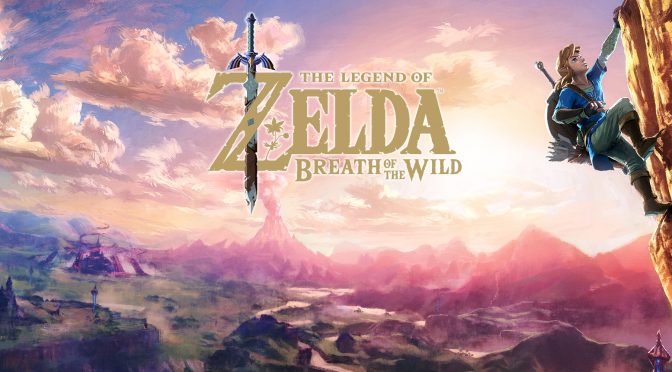The team behind CEMU has released a new version of its amazing WiiU emulator. This version fixes the visual artifacts when using higher resolutions in The Legend of Zelda: Breath of the Wild and Donkey Kong Country: Tropical Freeze, and improves graphics in Bayonetta 2.
In addition, this new version of CEMU improves the loading times in Yoshi’s Woolly World, fixes some visuals in Splatoon, and adds a memory scanner.
CEMU 1.8.0 is now available to all patreon backers, and will be made available to everyone on May 30th.
Here is the complete changelog for CEMU 1.8.0:
- general: Added memory scanner (search and filter for values)
- general: If Cemu is maximized to fullscreen, it will remain on the same monitor rather than defaulting to the primary monitor
- RPL: Optimized loading of RPLs
- GX2: Cemu now uses separable shaders
Vertex, geometry and pixel shaders are split into separate and independent programs rather than bundling them into setsThis change breaks compatibility with pre-1.8.0 shader caches and graphic packs (if they contain shaders) - GX2: Added support for using the same texture multiple times with different sampler parameters during a single drawcall
- GX2: Graphic pack texture rules will automatically scale gl_FragCoord
- GX2: Implemented shader instructions RECIPSQRT_FF and RECIP_FF
- GX2: GPU7 shader decompiler will output slightly more optimized GLSL code
- GX2: Better detection for invalidation of data in Streamout cache
- GX2: Optimized frequently used GX2 API
- GX2: Optimized texture decoding
- GX2: Added command line option ‘-nsight’ to allow debugging via NVIDIA Nsight

John is the founder and Editor in Chief at DSOGaming. He is a PC gaming fan and highly supports the modding and indie communities. Before creating DSOGaming, John worked on numerous gaming websites. While he is a die-hard PC gamer, his gaming roots can be found on consoles. John loved – and still does – the 16-bit consoles, and considers SNES to be one of the best consoles. Still, the PC platform won him over consoles. That was mainly due to 3DFX and its iconic dedicated 3D accelerator graphics card, Voodoo 2. John has also written a higher degree thesis on the “The Evolution of PC graphics cards.”
Contact: Email

